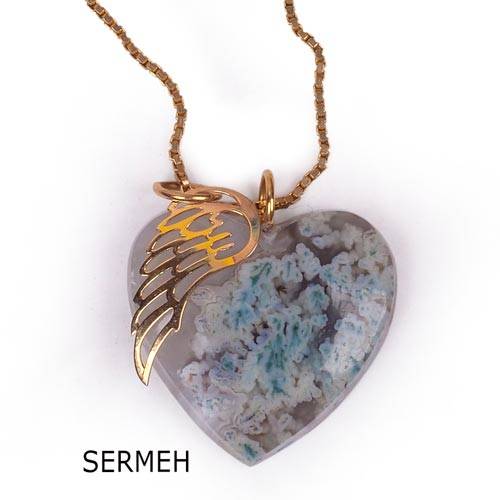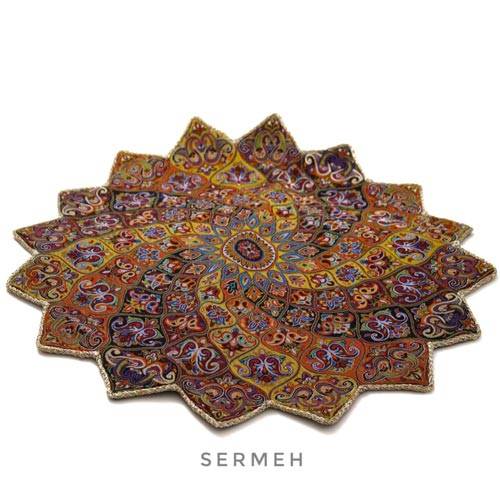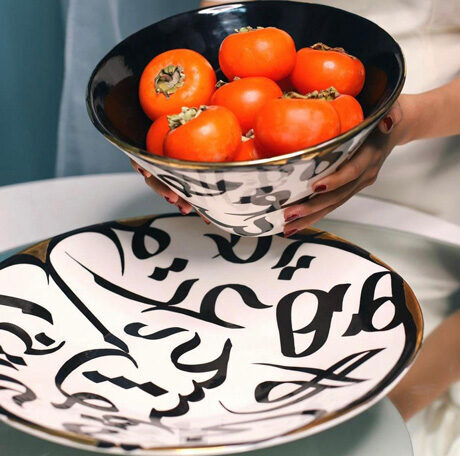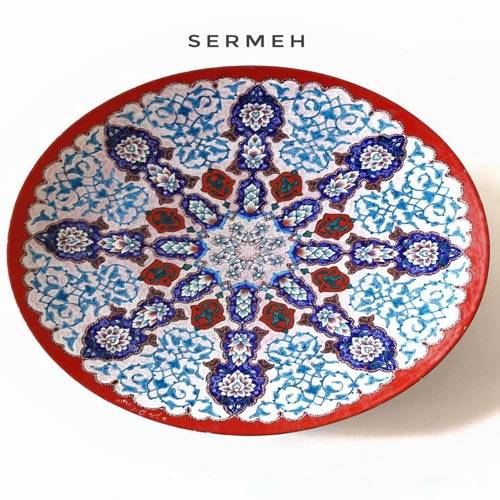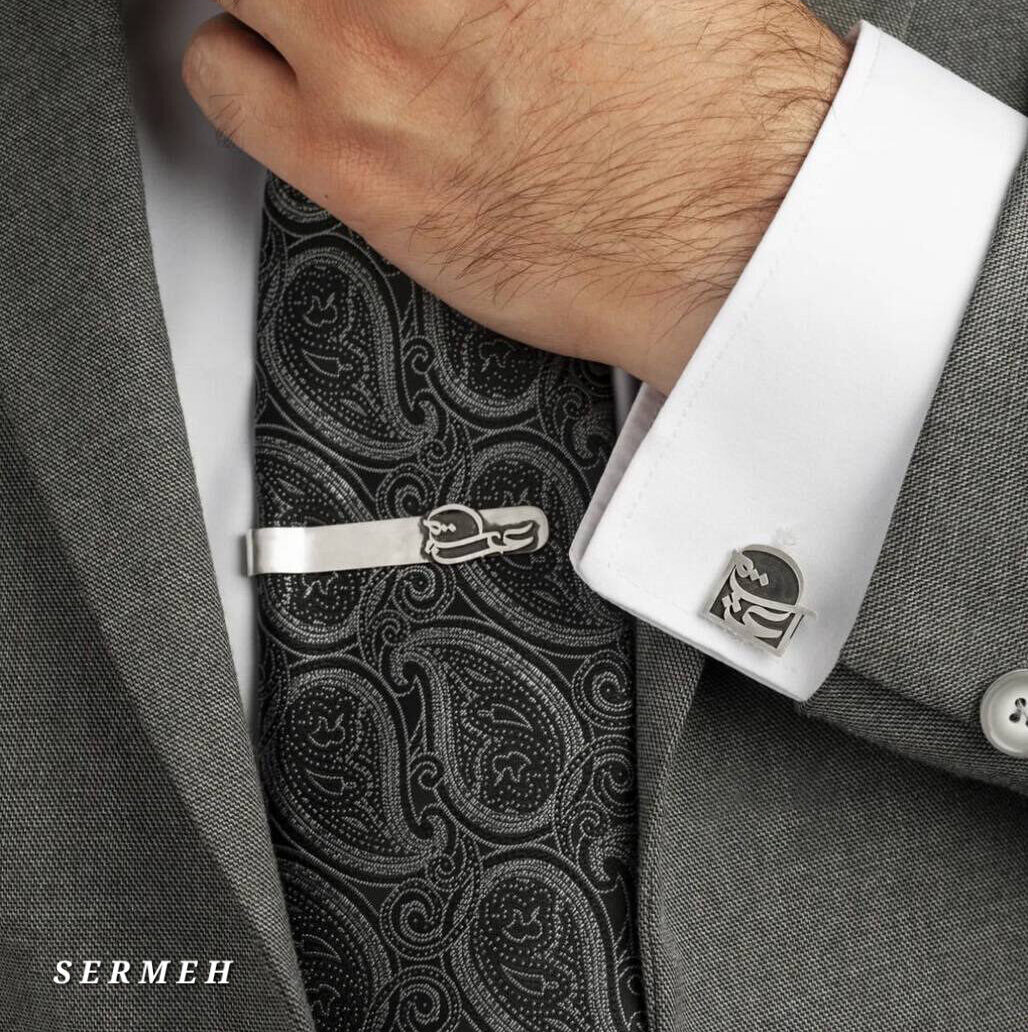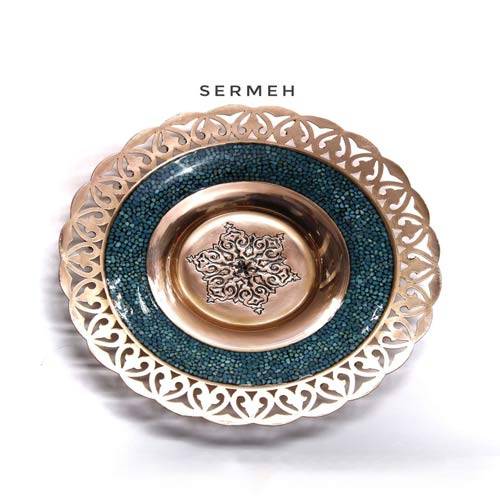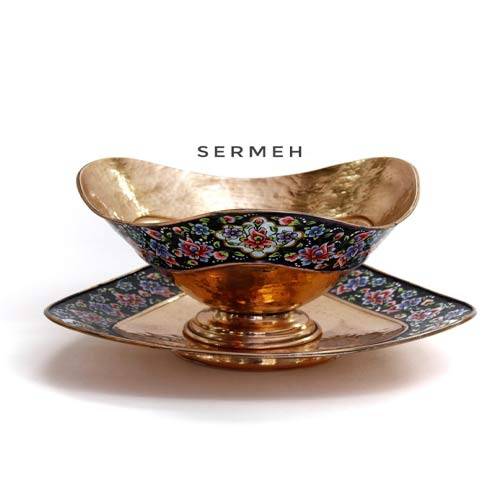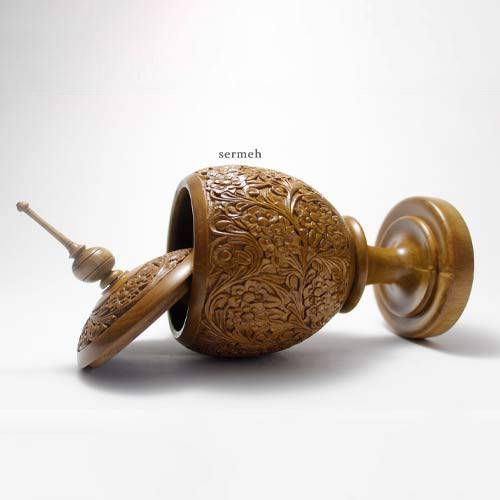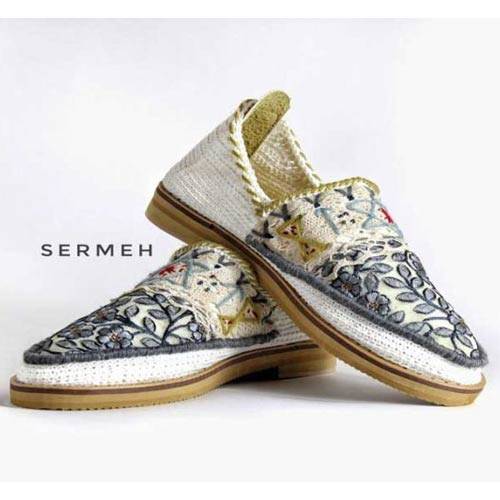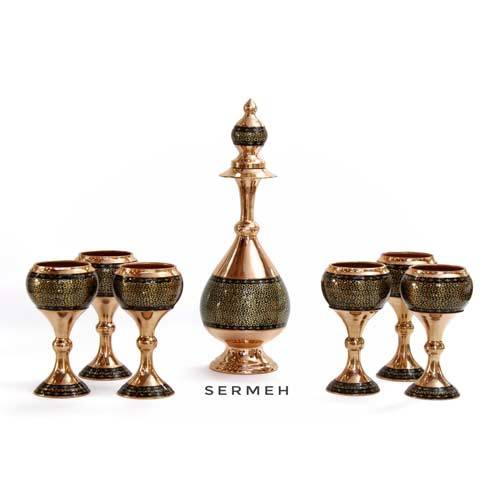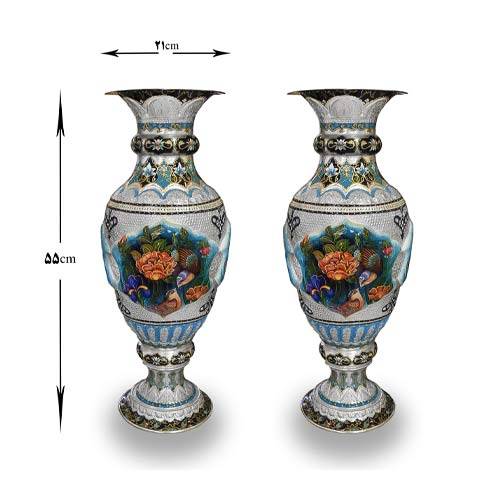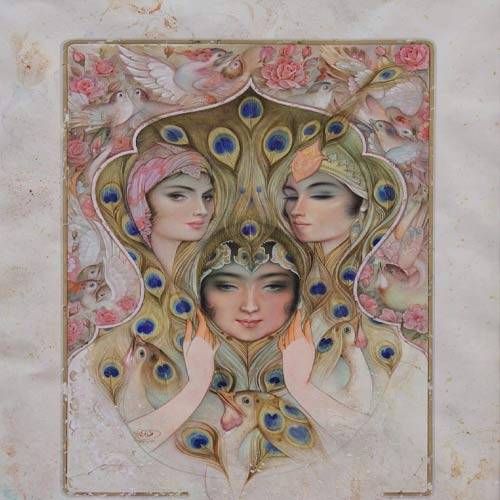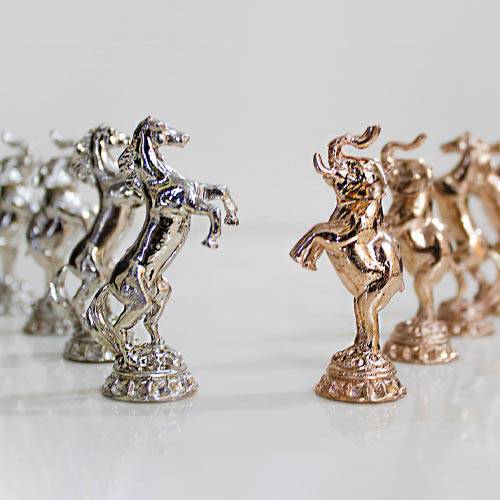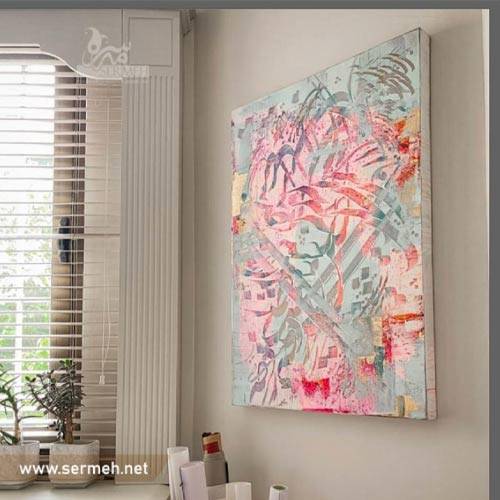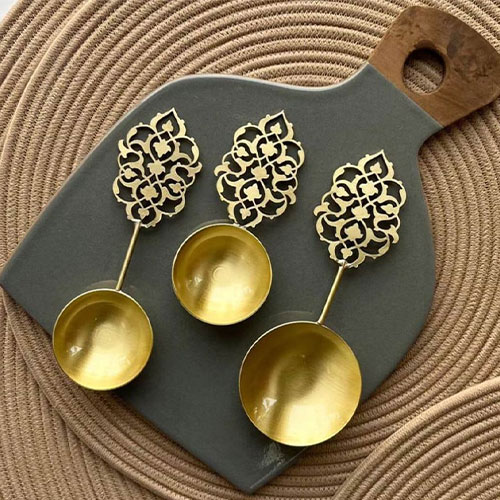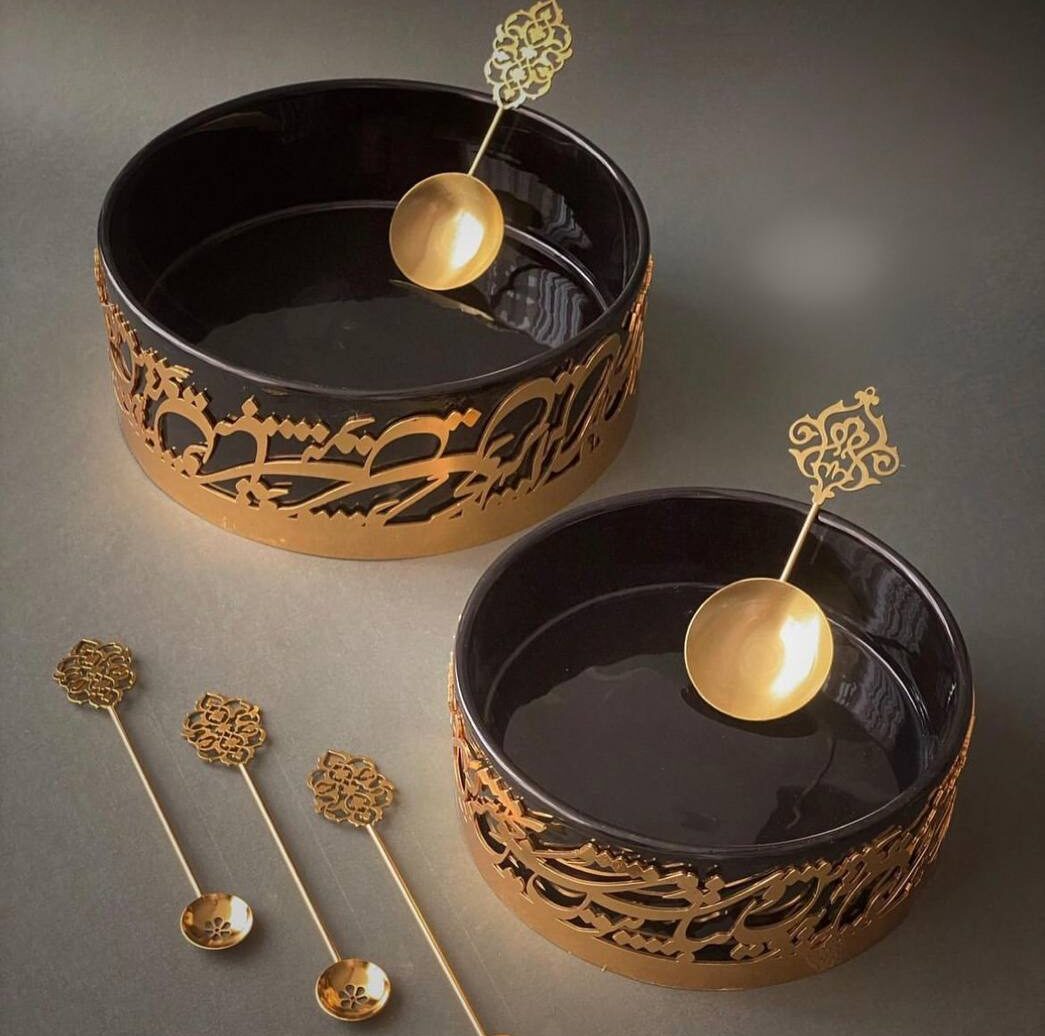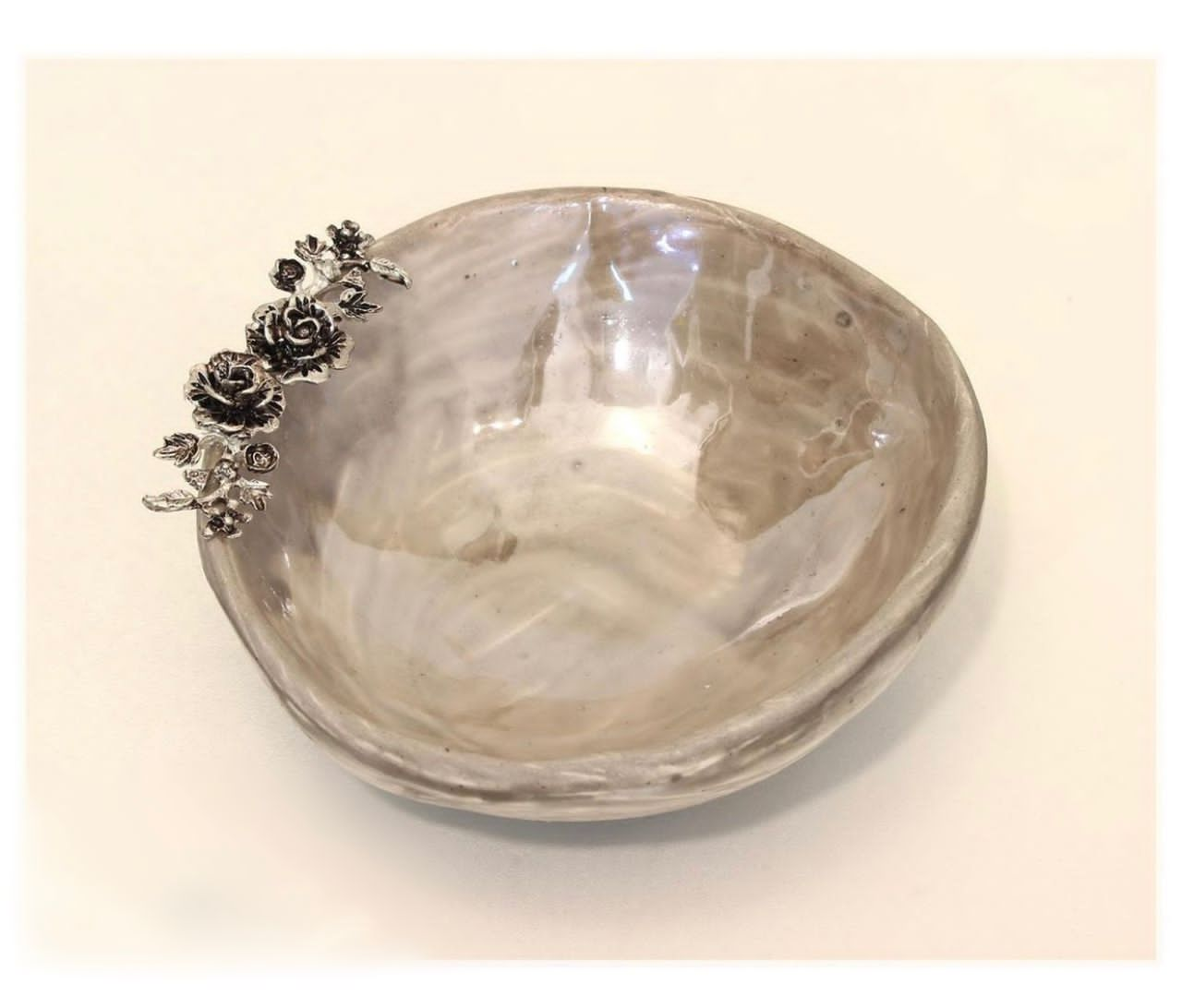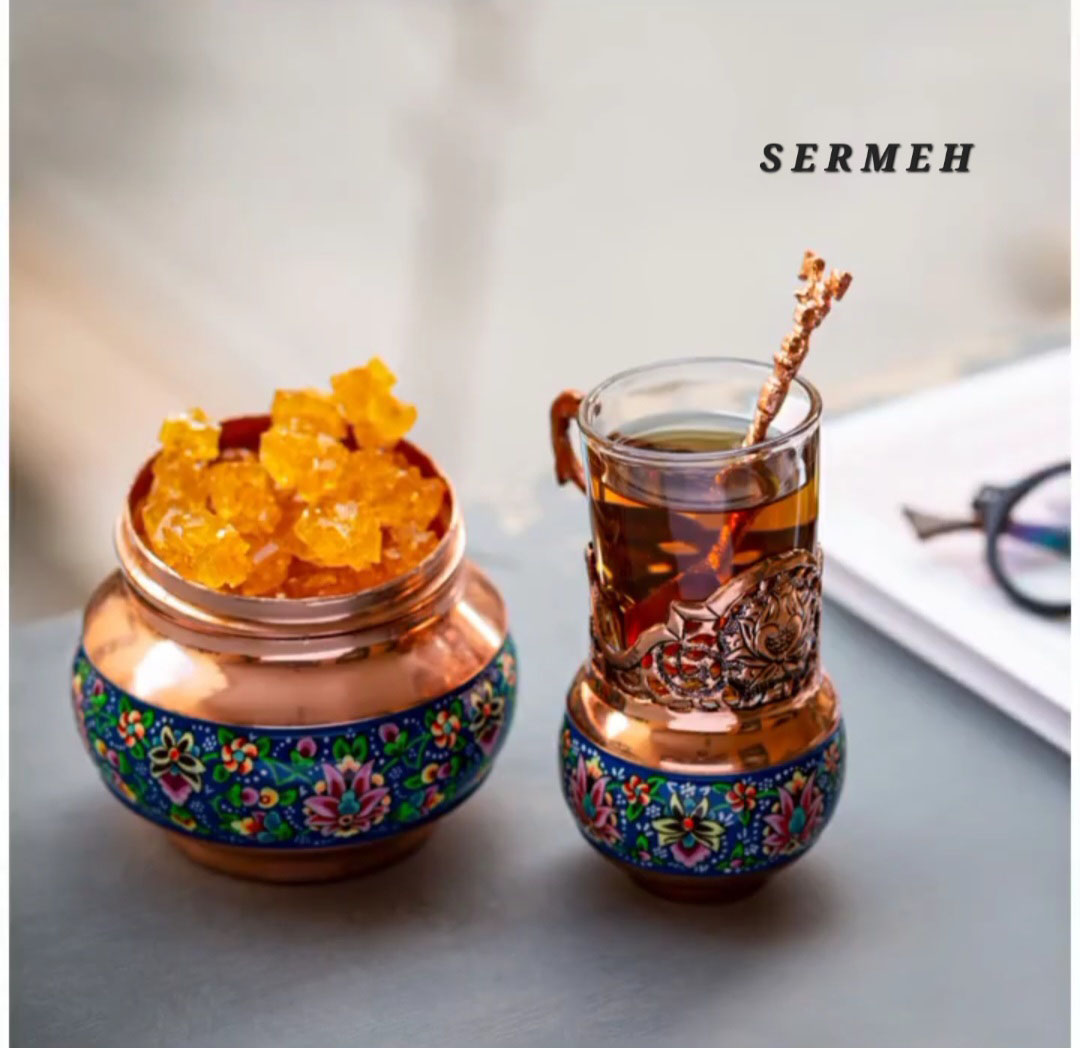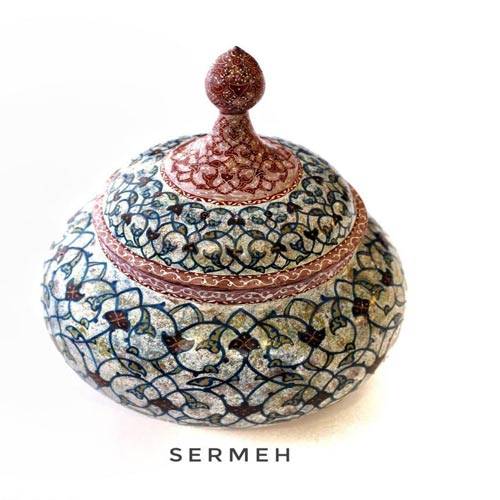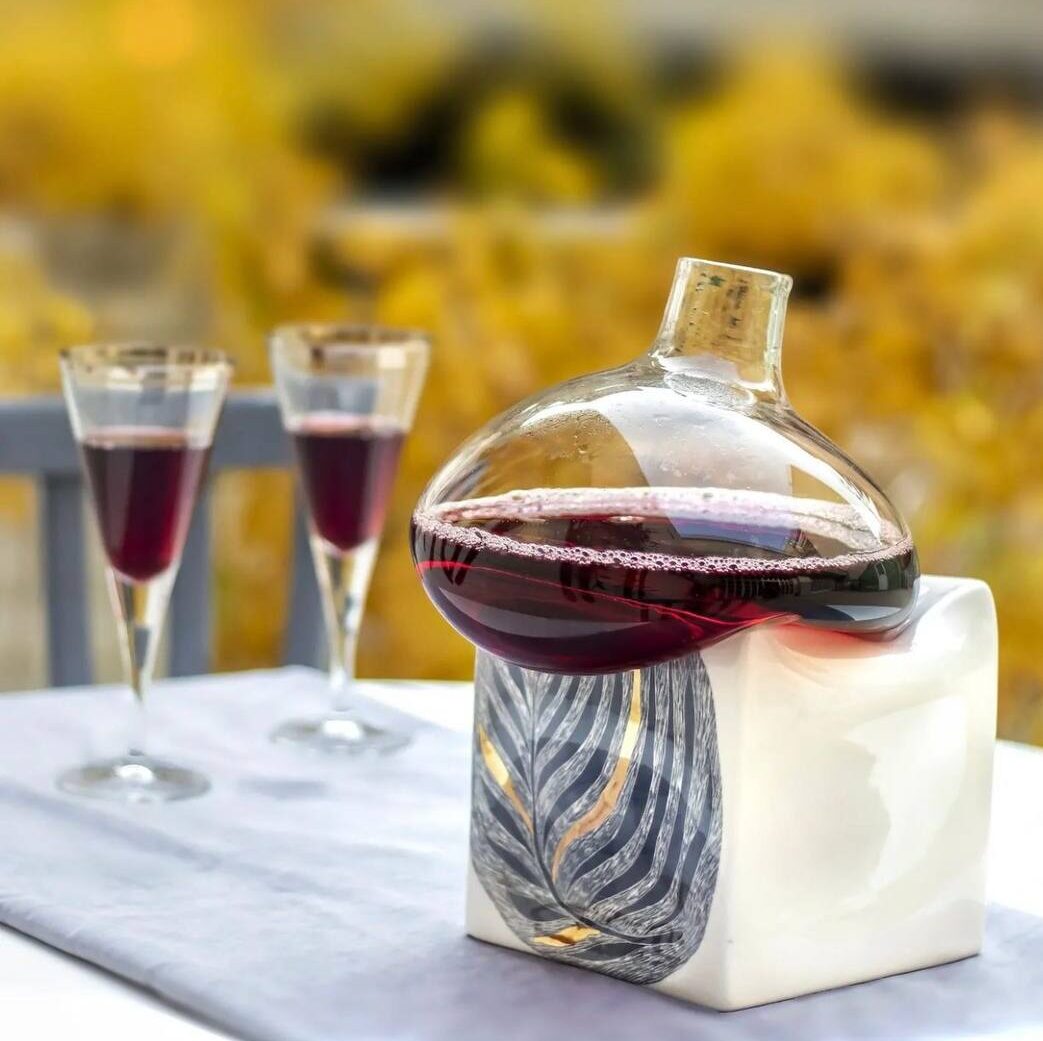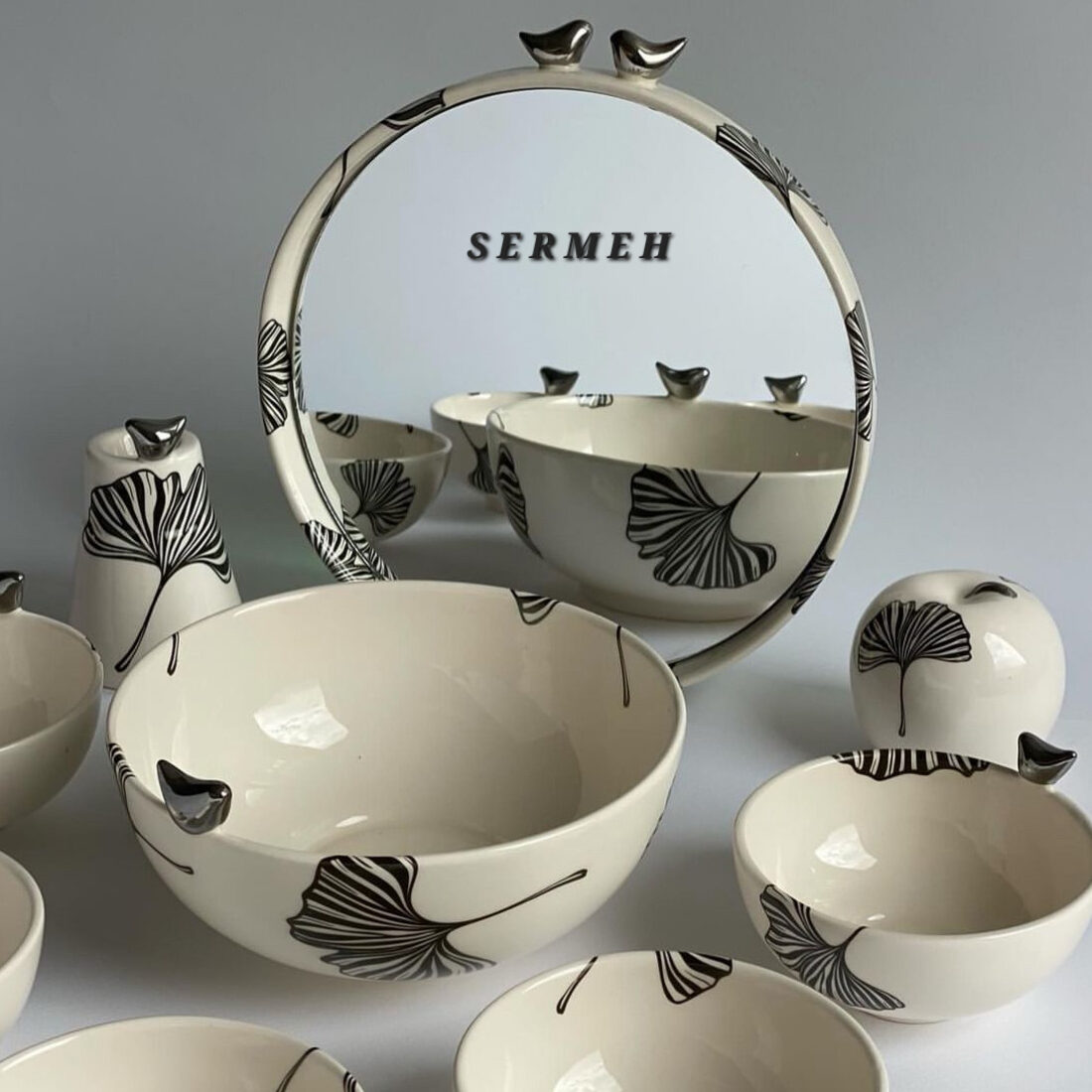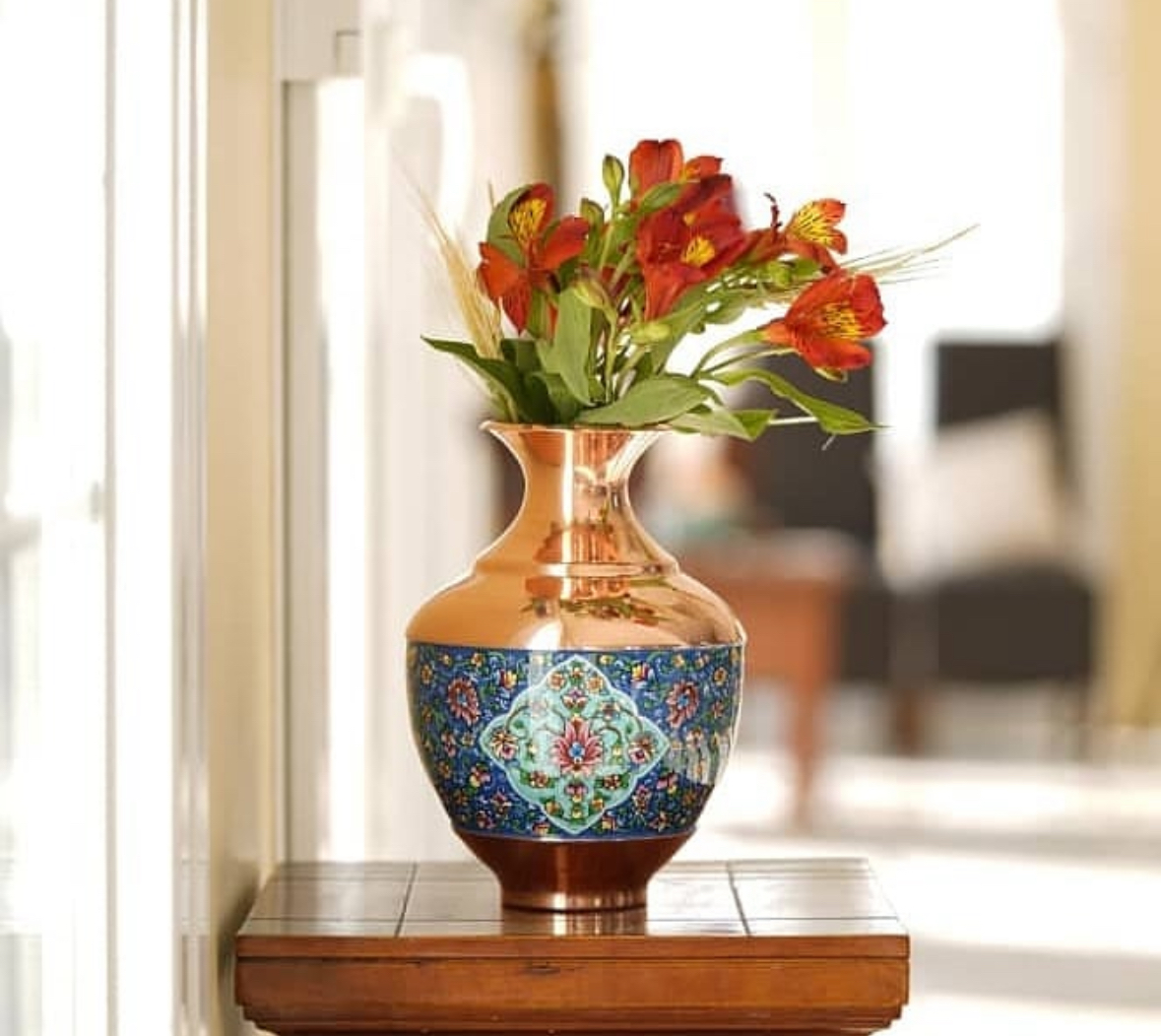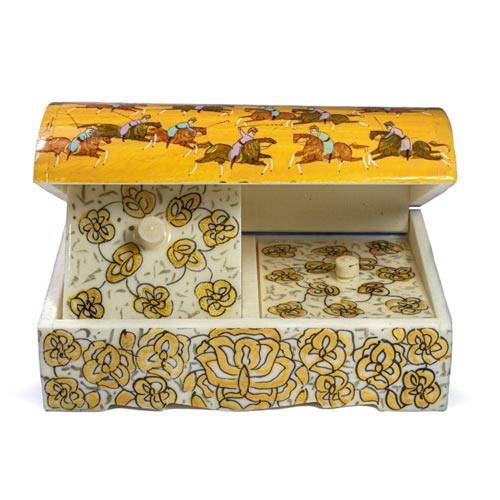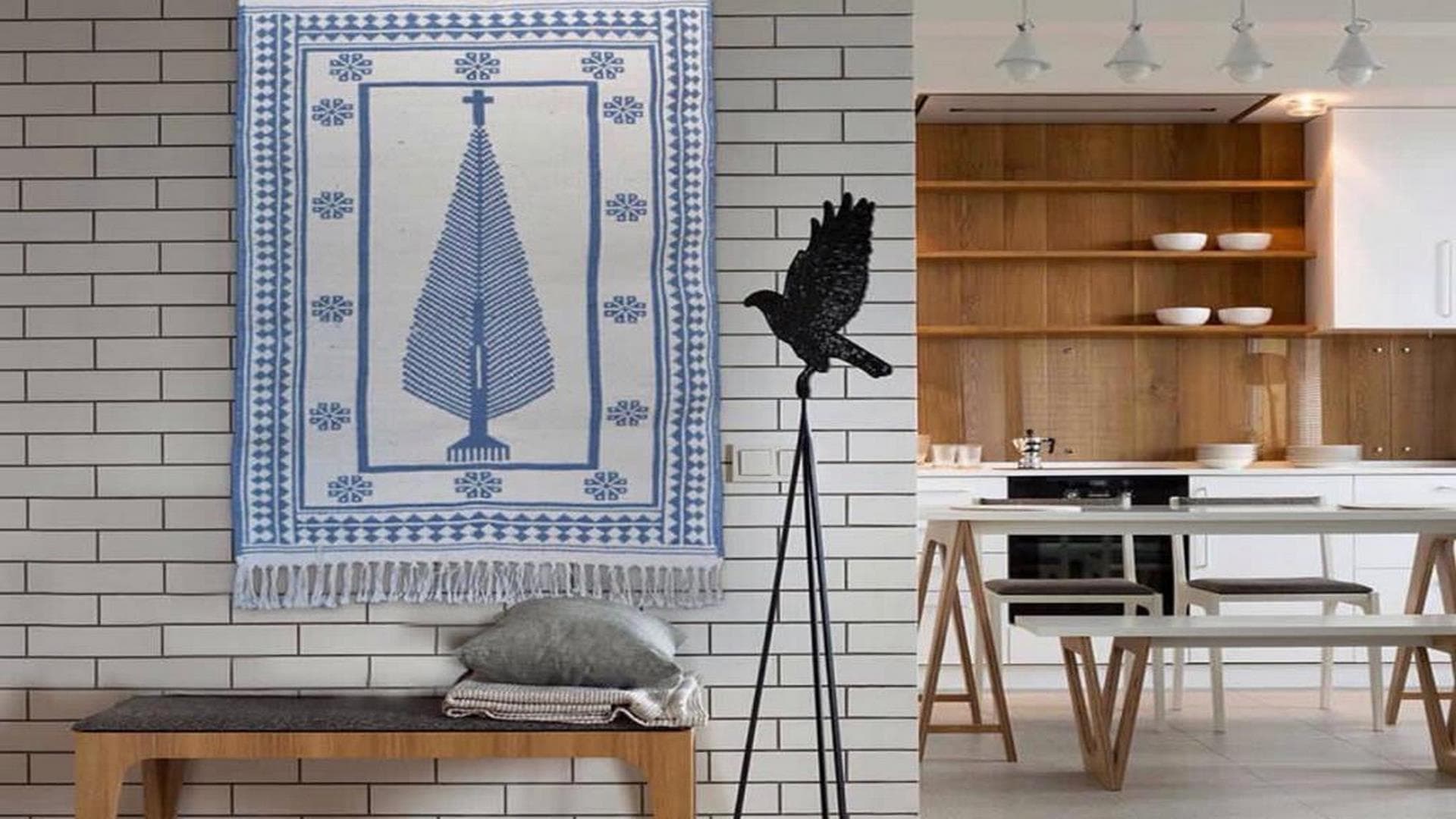Persian Zilou, Handwoven Floor Covering
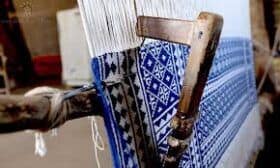
Handwoven Floor Covering Zilou
Textile manufacturing is one of the native Iranian arts and has a millennia-long history, ranging from Pazirak, the renowned Achaemenid rugs, to exquisite Sassanid woven fabrics or Seljuk woven fabrics, and to the exquisite Safavid era fabrics and carpets that flourished during the Safavid era. All of which represent the precious and long-lived history of this art in Iranian life.
province has always been one of the most important textile manufacturing centers in Iran and besides its unique and graceful art and architecture, it is also famous for weaving various types of textiles, such as carpet weaving, lacework, embroidery, shawl weaving, cashmere, velvet, and especially Zilou weaving. Persian Zilou is a simple, durable, cool, and hygienic floor covering. It is mainly made of cotton, very simple and classy. It has limited color diversity and the patterns woven on it are simple geometric shapes. Zilou motifs have deep roots in people’s culture. This simplicity and sincerity match the architecture and the spirit of the people in this area.
Making Zilou has been a popular art among Iranians and it seems that it has a long history in Iranian art and culture. The reason Iran has become the cradle of the most stunning and valuable carpet weaving in the world has been the subject of much debate; no matter what the reason, these works demonstrate Iranians’ enthusiasm to make their living environment as beautiful as possible. They were looking for this beauty by creating variety.
*Buy online Persian zilou*
Zilou is also one of these precious arts, which demonstrates the precise and delicate way that Iranians look at things. It is not possible to determine accurately where this art first came from in Greater Iran, because there is no exact history and no written sources with the information to examine the historical background of this carpet. There is no explicit reference to Zilou in existing historical sources, and only where there is a name for a building, especially a mosque, is there a description of the location and of the assets including and among them maybe Zilou. Even such text contains little information about Zilou after Islam and none about the features of this art before Islam.
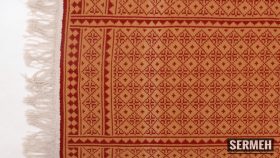
What is Zilou?
Zilou is a durable floor covering very suitable for desert areas. It is one of the oldest handicrafts of Yazd city which dates back to centuries before Islam. In his travelogue, Naserkhosro, the famous Iranian poet, mentions the existence of about 500 workshops of Zilou making only in the city of Toon which is in East Iran. In Hodud-al-Alam (the first Persian book of geography) Persian Zilou is recorded as one of the most important floor coverings in mosques in Iran four centuries after the rise of Islam. This carpet which is made of cotton threads, although very simple in appearance, enjoys complicated techniques that reflect the rich culture and thought of the people making it. This carpet is similar to straw mats in the way it is woven and the motifs used to decorate it. The word Xylography, meaning engraving on wood in English, has roots in the word Zilou.
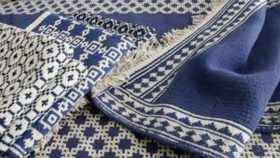
A Brief History of Zilou
In the Dehkhoda Persian dictionary, Zilou is defined as “Palas or Kilim which is also called Shatranji (checkered pattern)”. Palas is defined as: “Similar to Pashmina but used as a floor covering similar to Hajime, similar to canvas woven out of a special tree bark.” Zilou is one of the oldest handicrafts made in Meybod, a city 50 km away from Yazd. It might be that making Zilous was popular among Arabs as well, before the rise of Islam. Other cities where Zilou making is popular are Jahrom, Sistan, Kashan, Isfahan, and Mashhad. A place called Bashnighan in Meybod city is said to have been the true origin of Zilou.
This beautiful handmade floor covering is special to regions close to the desert. The patterns woven on Zilou are inspired by people’s culture and religious beliefs and also are influenced by the type of architecture and nature that they are surrounded with.
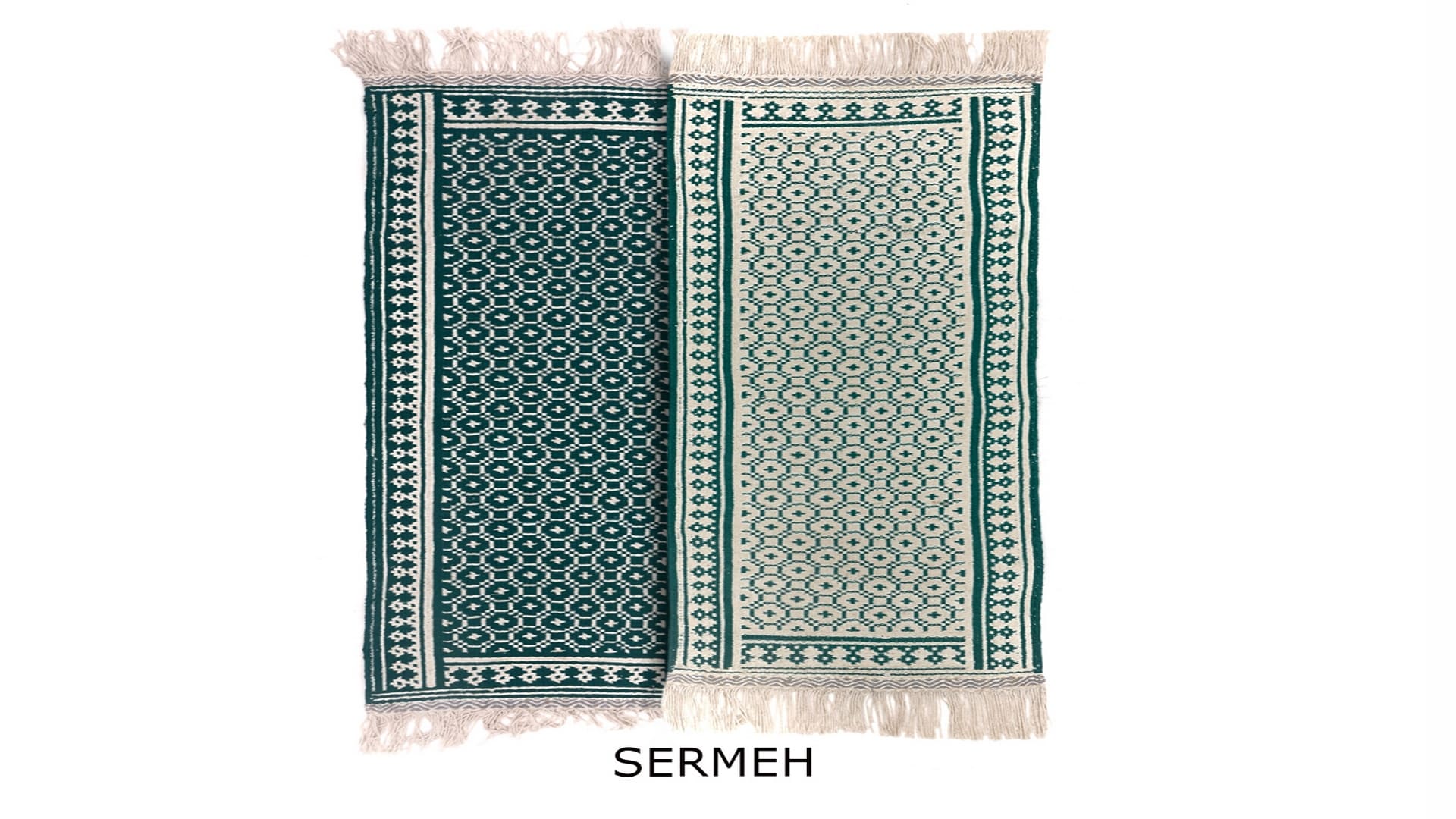
One of the oldest and most precious Zilous in Meybod dates back to 12 centuries after Islam, the pattern woven on it is the image of 24 praying mats. The colours used in this Zilou are in beautiful harmony with each other. Zilou is very much similar to wicker rug both in patterns and in method of weaving and it is the more developed form of a wicker rug. The reason the floors, in most mosques and shrines in Iran, are covered by Zilou is because of the simplicity and the purity it represents which is special to the house of God; also the blue-coloured Zilou brings about peace and tranquillity.

